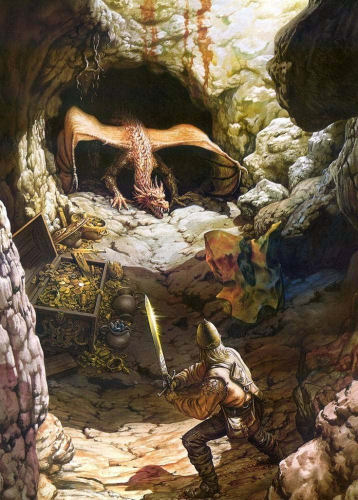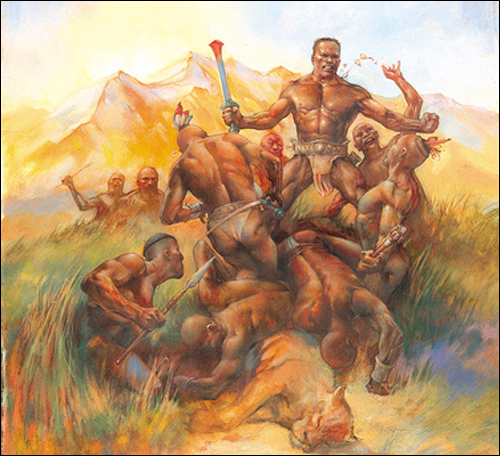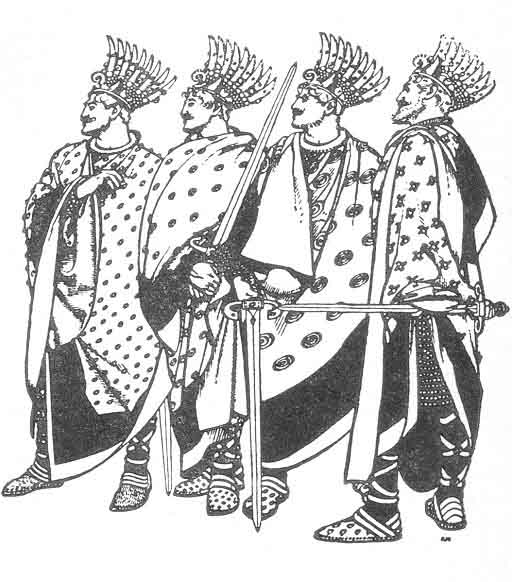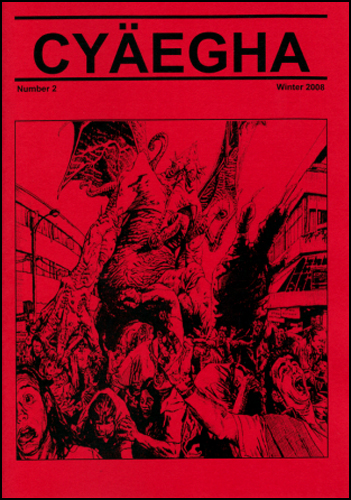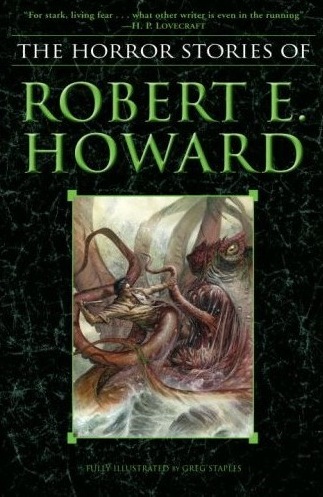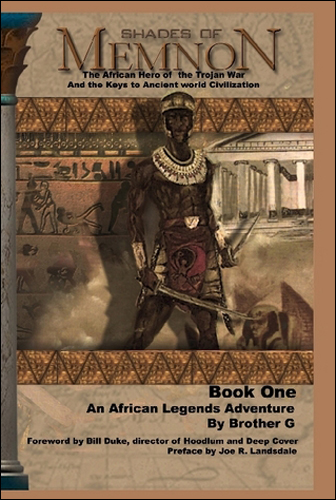Still Dancing Attendance On A Dance With Dragons
Wednesday, January 14, 2009
posted by Steve Tompkins
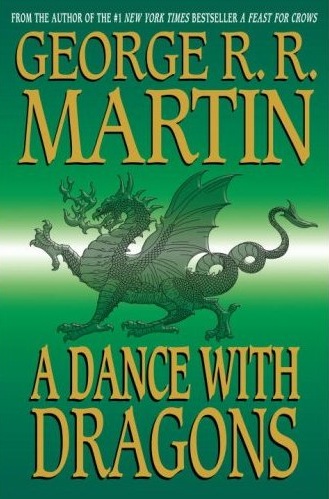
What to say about 2008, other than Good riddance? Vaporization of net worth threatened to translate into vaporization of self-worth; deregulation was too often outed as dereliction, and the magic of the marketplace became necromantic at best. Passing from a macroeconomic to a blog-specific perspective, with legacy-furtherers like Rusty Burke, [redacted], Greg Staples, Fabrice Tortey, and Grin of the TC Rifles acting on his behalf, Robert E. Howard lost no momentum in 2008, give or take an un-supreme moment here and a bitter tree there. Vampires, though, they arguably had an even worse year than investment bankers, as Stephenie Meyer’s fantasies, emo enough to require Sensodyne for their incisors, soulfully short-leashed themselves on the big screen (in the unlikely event that I’m appointed czar-in-charge-of-confiscatory-policy, my first move will be to introduce a punitive tax on typos-turned-vanity-spellings like “Stephenie” and “Britney”. Joe Abercrombie’s Last Argument of Kings, Richard Morgan’s The Steel Remains, and Matthew Woodring Stover’s Caine Black Knife reveled in takes on sword-and-sorcery so noir-ish and non-wish-fulfilling as to be best read through night-vision goggles.
2008 was also yet another year in which George R. R. Martin’s A Dance with Dragons remained unfinished and unpublished — perhaps I should create a new category, “No News and Non-Events,” for this post. The persistence of this oh-so-watched-pot in refusing to boil even came to the attention of The Onion:
Technically, fans have been waiting for the “fourth” book, A Dance With Dragons, since shortly after the third installment came out in 2000 — Martin spent five years working on it, then announced that it was too long, and his publishers were splitting it in two for publication. In 2005, he published half of it as A Feast For Crows. By that time, the series had built a sizeable, rabid fan base, and the book went straight to the top of the New York Times bestseller list. But readers still set the Internet afire, bitching about Feast‘s focus on minor and new characters, and the way it left the biggest fan-favorite characters and the key plotlines for what’s now supposedly going to be the fifth book. At the time, Martin said Dance was largely completed and would come out shortly, but three years later, he’s still writing it, and he’s become noticeably surly about questions regarding the book — and about the way his publishers keep optimistically announcing release dates even though the book still isn’t done.


